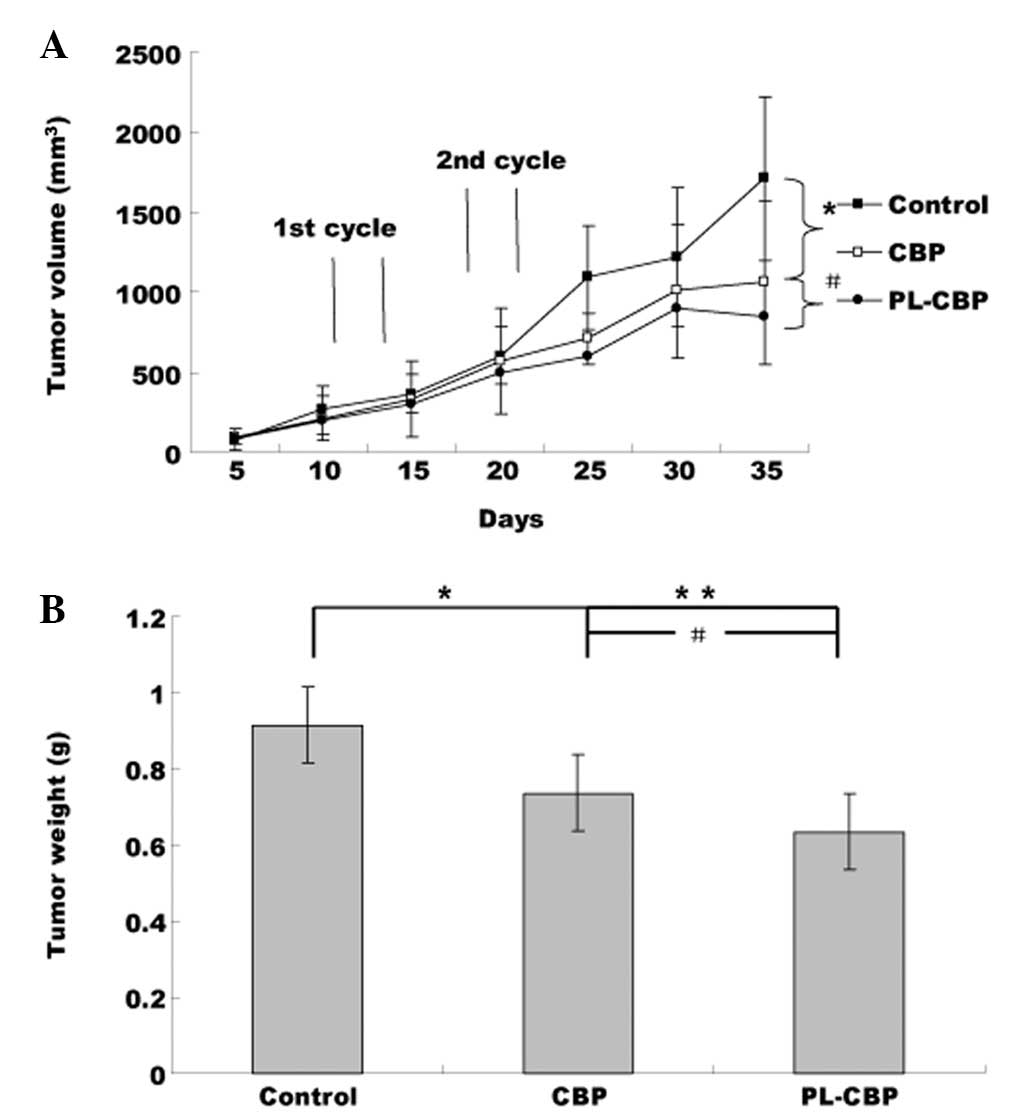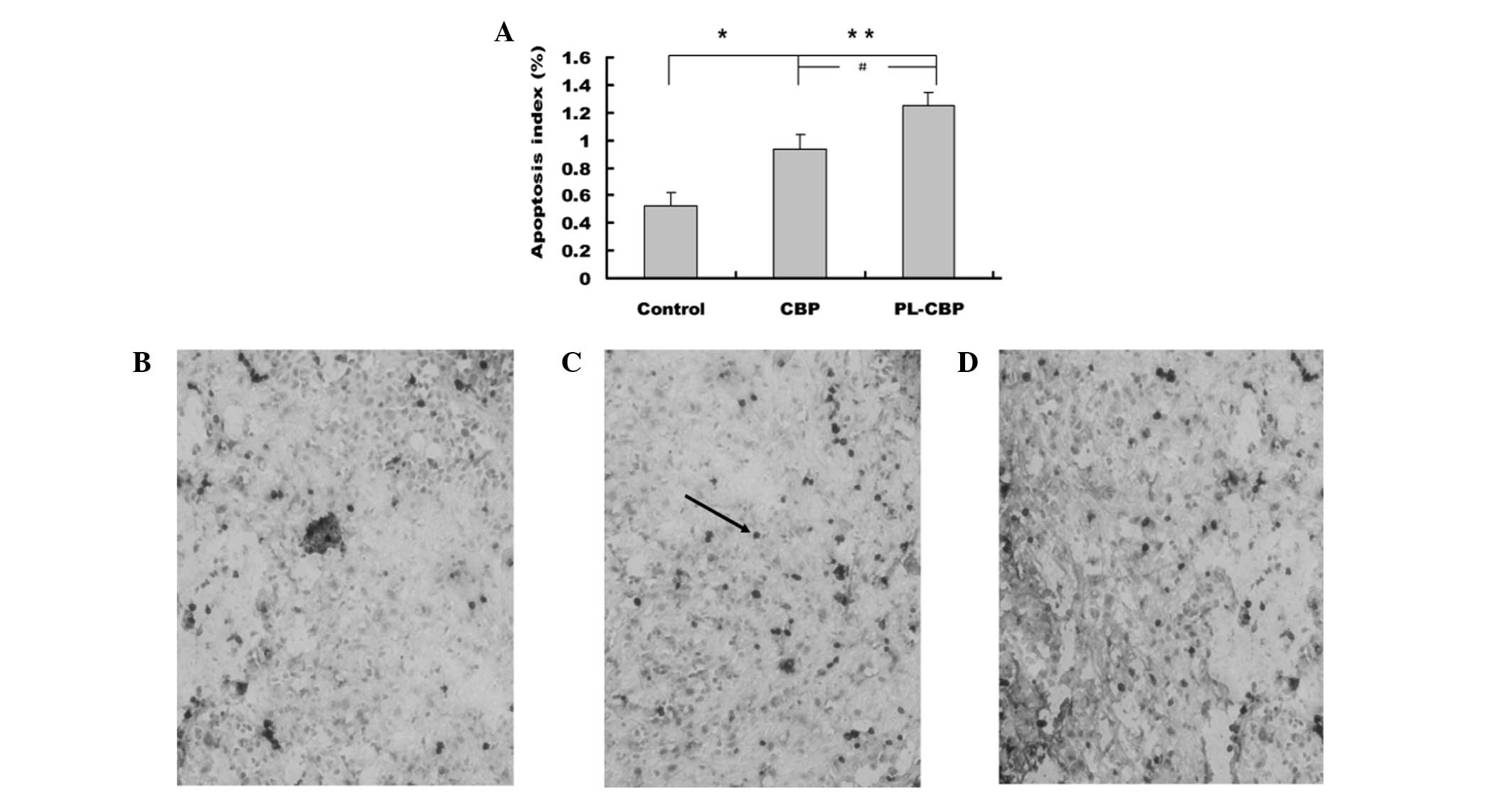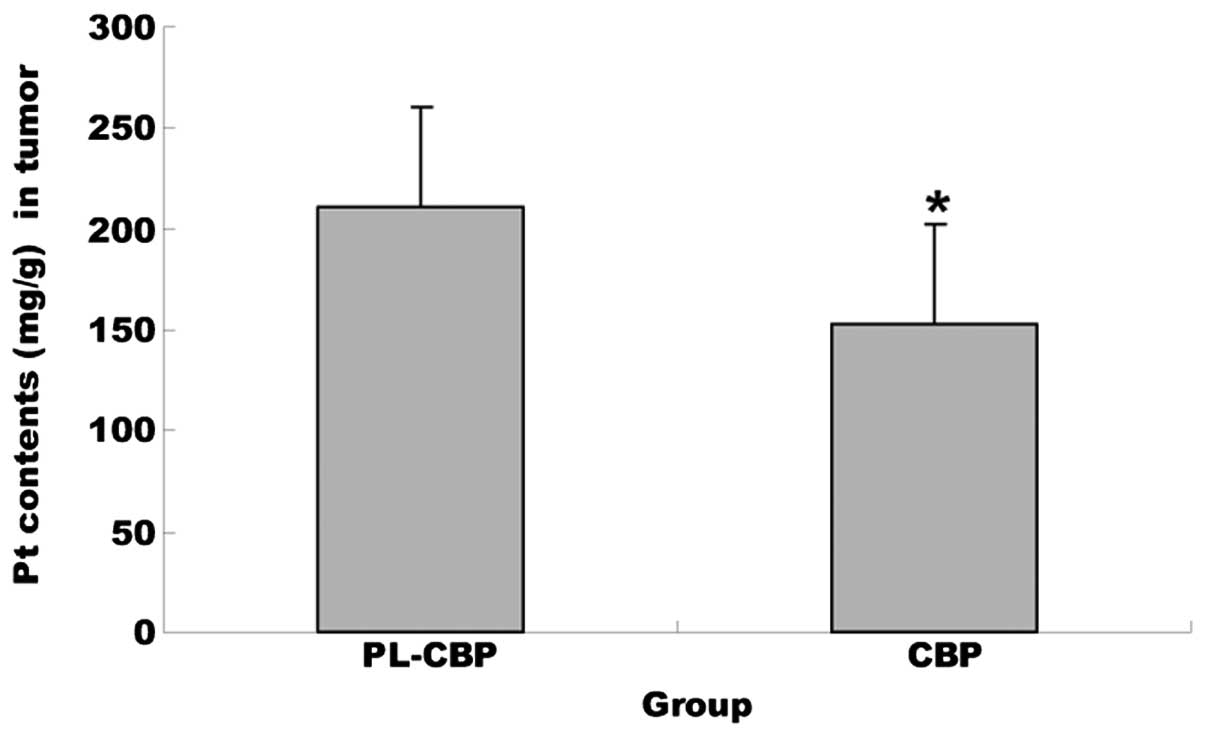|
1
|
Bittoni A, Scartozzi M, Giampieri R,
Faloppi L, Bianconi M, Mandolesi A, et al: Clinical evidence for
three distinct gastric cancer subtypes: time for a new approach.
PLoS One. 8:e785442013.
|
|
2
|
Hyun MH, Lee CH, Kim HJ, Tong Y and Park
SS: Systematic review and meta-analysis of robotic surgery compared
with conventional laparoscopic and open resections for gastric
carcinoma. Br J Surg. 100:1566–1578. 2013.
|
|
3
|
Sarvaiya PJ, Guo D, Ulasov I, Gabikian P
and Lesniak MS: Chemokines in tumor progression and metastasis.
Oncotarget. 4:2171–2185. 2013.
|
|
4
|
Endo S, Nishikawa K, Yamada T, Nakagawa T,
Fushimi H, Chihara T, et al: Our experience of treating
undifferentiated gastric carcinoma: report of four cases. Surg
Today. Nov 20–2013.(Epub ahead of print).
|
|
5
|
Hayakawa Y, Fox JG, Gonda T, Worthley DL,
Muthupalani S and Wang TC: Mouse models of gastric cancer. Cancers
(Basel). 5:92–130. 2013.
|
|
6
|
Ferlay J, Shin HR, Bray F, Forman D,
Mathers C and Parkin DM: Estimates of worldwide burden of cancer in
2008: GLOBOCAN 2008. Int J Cancer. 127:2893–2917. 2010.
|
|
7
|
Jemal A, Bray F, Center MM, Ferlay J, Ward
E and Forman D: Global cancer statistics. CA Cancer J Clin.
61:69–90. 2011.
|
|
8
|
Dal Lago L, D’Hondt V and Awada A:
Selected combination therapy with sorafenib: a review of clinical
data and perspectives in advanced solid tumors. Oncologist.
13:845–858. 2008.
|
|
9
|
Moghimi SM and Szebeni J: Stealth
liposomes and long circulating nanoparticles: critical issues in
pharmacokinetics, opsonization and protein-binding properties. Prog
Lipid Res. 42:463–478. 2003.
|
|
10
|
Gabizon AA, Shmeeda H and Zalipsky S: Pros
and cons of the liposome platform in cancer drug targeting. J
Liposome Res. 16:175–183. 2006.
|
|
11
|
Hofheinz RD, Gnad-Vogt SU, Beyer U and
Hochhaus A: Liposomal encapsulated anti-cancer drugs. Anticancer
Drugs. 16:691–707. 2005.
|
|
12
|
Allen TM, Hansen C, Martin F, Redemann C
and Yau-Young A: Liposomes containing synthetic lipid derivatives
of poly(ethylene glycol) show prolonged circulation half-lives in
vivo. Biochim Biophys Acta. 1066:29–36. 1991.
|
|
13
|
Boulikas T and Vougiouka M: Recent
clinical trials using cisplatin, carboplatin and their combination
chemotherapy drugs (Review). Oncol Rep. 11:559–595. 2004.
|
|
14
|
Kurt E, Cubukcu E, Karabulut B, Olmez OF,
Kurt M, Avci N, et al: A multi-institutional evaluation of
carboplatin plus docetaxel regimen in elderly patients with
advanced gastric cancer. J BUON. 18:147–153. 2013.
|
|
15
|
Bangham JA and Lea EJ: The interaction of
detergents with bilayer lipid membranes. Biochim Biophys Acta.
511:388–396. 1978.
|
|
16
|
Bollschweiler E, Hölscher AH, Metzger R,
Besch S, Mönig SP, Baldus SE and Drebber U: Prognostic significance
of a new grading system of lymph node morphology after neoadjuvant
radiochemotherapy for esophageal cancer. Ann Thorac Surg.
92:2020–2027. 2011.
|
|
17
|
Romberg B, Hennink WE and Storm G:
Sheddable coatings for long-circulating nanoparticles. Pharm Res.
25:55–71. 2008.
|
|
18
|
Song H, Zhang J, Han Z, Zhang X, Li Z,
Zhang L, et al: Pharmacokinetic and cytotoxic studies of pegylated
liposomal daunorubicin. Cancer Chemother Pharmacol. 57:591–598.
2006.
|
|
19
|
Frank MM: The reticuloendothelial system
and bloodstream clearance. J Lab Clin Med. 122:487–488. 1993.
|
|
20
|
Kaneda Y and Tabata Y: Non-viral vectors
for cancer therapy. Cancer Sci. 97:348–354. 2006.
|
|
21
|
Brannon-Peppas L and Blanchette JO:
Nanoparticle and targeted systems for cancer therapy. Adv Drug
Deliv Rev. 56:1649–1659. 2004.
|
|
22
|
Newman MS, Colbern GT, Working PK, Engbers
C and Amantea MA: Comparative pharmacokinetics, tissue
distribution, and therapeutic effectiveness of cisplatin
encapsulated in long-circulating, pegylated liposomes (SPI-077) in
tumor-bearing mice. Cancer Chemother Pharmacol. 43:1–7. 1999.
|
|
23
|
Xiao C, Qi X, Maitani Y and Nagai T:
Sustained release of cisplatin from multivesicular liposomes:
potentiation of antitumor efficacy against S180 murine carcinoma. J
Pharm Sci. 93:1718–1724. 2004.
|
|
24
|
Drummond DC, Meyer O, Hong K, Kirpotin DB
and Papahadjopoulos D: Optimizing liposomes for delivery of
chemotherapeutic agents to solid tumors. Pharmacol Rev. 51:691–743.
1999.
|
|
25
|
Sleight RG and Pagano RE: Transbilayer
movement of a fluorescent phosphatidylethanolamine analogue across
the plasma membranes of cultured mammalian cells. J Biol Chem.
260:1146–1154. 1985.
|
|
26
|
Parr MJ, Masin D, Cullis P and Bally MB:
Accumulation of liposomal lipid and encapsulated doxorubicin in
murine Lewis lung carcinoma: the lack of beneficial effects by
coating liosomes with poly(ethylene glycol). J Pharmacol Exp Ther.
280:1319–1327. 1997.
|
|
27
|
Wagstaff AJ, Ward A, Benfield P and Heel
RC: Carboplatin: A preliminary review of its pharmacodynamic and
pharmacokinetic properties and therapeutic efficacy in the
treatment of cancer. Drugs. 37:162–190. 1989.
|
|
28
|
Aurello P, D’Angelo F, Rossi S, Bellagamba
R, Cicchini C, Nigri G, et al: Classification of lymph node
metastases from gastric cancer: comparison between N-site and
N-number systems. Our experience and review of the literature. Am
Surg. 73:359–366. 2007.
|


















